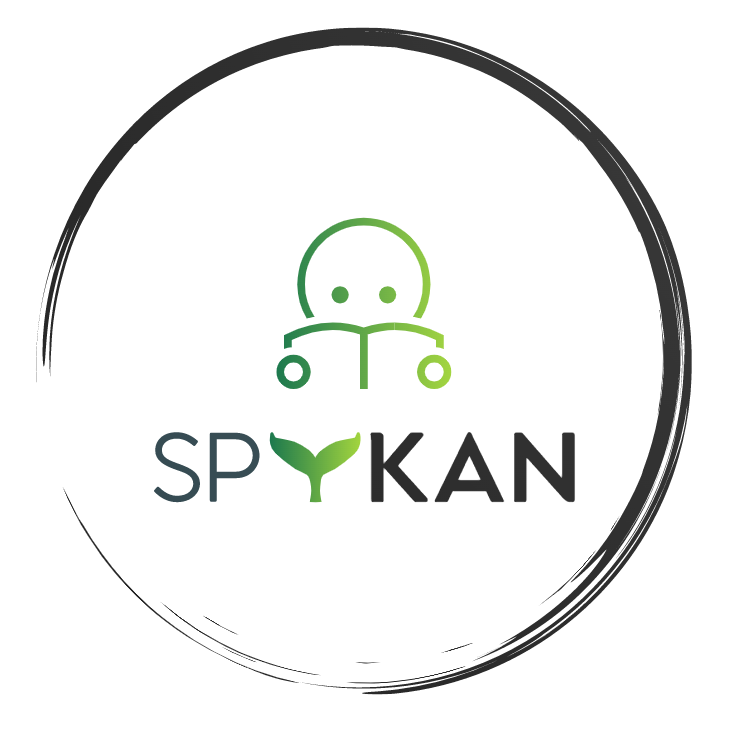Description
B.Com. II Year Annual Mode – July 2021
School of Open Learning (SOL), Delhi University
Assignment Based Evaluation (ABE)
Business Mathematics and Statistics
Code : B-101
M.M. : 100
Attempt any two questions in all.
All questions carry equal marks.
(Write your Name and Roll No. on each page of your answer sheet.)
Question 1 (a) To control a crop disease it is necessary to use 8 units of chemical A, 14 units of chemical B and 13 units of chemical C. One barrel of spray P contains 1 unit of A, 2 units of B and 3 units of C. One barrel of spray Q contains 2 units of A, 3 units of B and 2 units of C. One barrel of spray R contains 1 unit of A, 2 units of B and 2 units of C. Find how many barrels of each spray be used to just meet the requirements using Matrix Algebra.
Question 1 (b) Explain with the help of suitable examples as to how would you calculate price elasticity of demand and price elasticity of supply using differentiation.
Question 1 (c) You have two investment options, i.e., 9% per year compounded quarterly or 9.2% per year simple interest. Which investment option would you select and why?
Question 2 (a) “Each average has its own special features and it is difficult to say which one is the best”. Explain this statement.
Question 2 (b) The mean age of the combined group of men and women is 30.5 years. If the mean age of the sub-group of men is 35 years and that of the sub-group of women is 25 years, find out percentage of men and women in the group.
Question 2 (c) Calculate the mean price of shoes for a moderately skewed distribution, if the median price of men’s shoes is Rs. 380 and modal price is Rs. 350.
Question 3 (a) Calculate the Karl Pearson’s coefficient of correlation from the following pairs of values and interpret the result:
| Value of X | 12 | 9 | 8 | 10 | 11 | 13 | 7 |
| Value of Y | 14 | 8 | 6 | 9 | 11 | 12 | 3 |
Question 3 (b) State the properties of regression coefficients. Also, calculate the Spearman’s rank correlation coefficient from the following ranking of ten competitors by two judges in a beauty contest in the following order:
| Judge I | 1 | 6 | 5 | 10 | 3 | 2 | 4 | 9 | 7 | 8 |
| Judge II | 6 | 4 | 9 | 8 | 1 | 2 | 3 | 10 | 5 | 7 |
Is there any association between the rankings?
Question 4 (a) What do you mean by “Time Reversal Test” and “Factor Reversal Test” for index numbers? Explain with suitable example that Laspeyres’ and Paasche’s index numbers do not satisfy these tests and that Fischer’s Ideal index does satisfy these tests.
Question 4 (b) Fit a straight line trend to the following data and estimate the expected profit for the year 2020. What is the average annual change in profit?
| Year | 2014 | 2015 | 2016 | 2017 | 2018 | 2019 |
| Sales (in ‘000 of Rs.) | 15 | 17 | 20 | 21 | 23 | 24 |
Solution: Here no. of year is even (n = 6).
Let y = a + bx be the trend equation with origin (x = 0) mid-way between 2016 and 2017 and unit of x = 6 months.
The normal equations are:
Table: Fitting Straight Line Trend
| Year | Sales (y) In ‘000 of Rs. |
x | x2 | xy |
| 2014 | 15 | -5 | 25 | -75 |
| 2015 | 17 | -3 | 9 | -51 |
| 2016 | 20 | -1 | 1 | -20 |
| 2017 | 21 | 1 | 1 | 21 |
| 2018 | 23 | 3 | 9 | 69 |
| 2019 | 24 | 5 | 25 | 120 |
| Total | y = 120 | x = 0 | x2 = 70 | xy = 64 |
So, substituting the values of y, xy, x, x2 from the above table in the normal equations, we get:
120 = 6a + b(0), or 120 = 6a, or a = 20
64 = a(0) + b(70), or 64 = 70b, or b = 0.914
The trend equation is
Y = 20 + 0.914(x) with origin (x = 0) mid-way between 2016 and 2017 and unit of x = 6 months.
For 2020, x would be 7.
So, estimate for 2020 is:
Y = 20 + 0.914(7) = 26.398
Hence, estimated expected sales for the year 2020 is Rs.26,398
From above trend equation i.e. Y = a + bx, it is obvious that the trend values increase by a constant amount ‘b’ unit every six omths. Thus, the average annual change in sale is ‘2 x b’ unit i.e. 0.914 x 1,000 x 2 = Rs.1,828.







Reviews
There are no reviews yet.